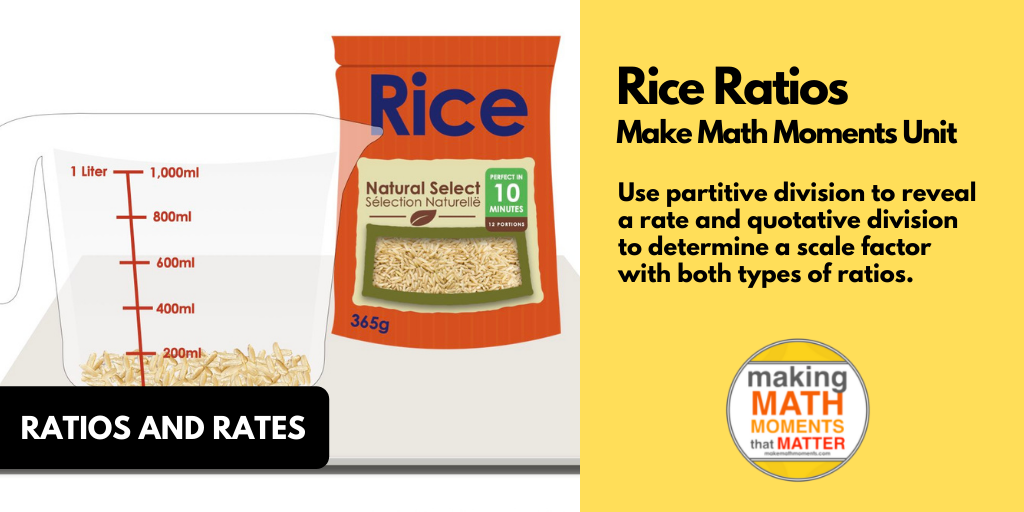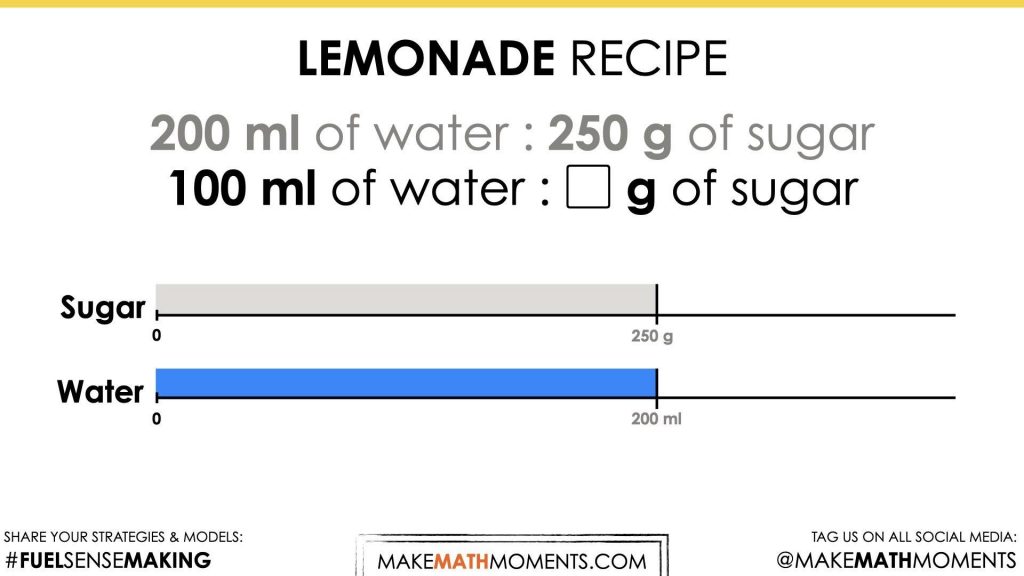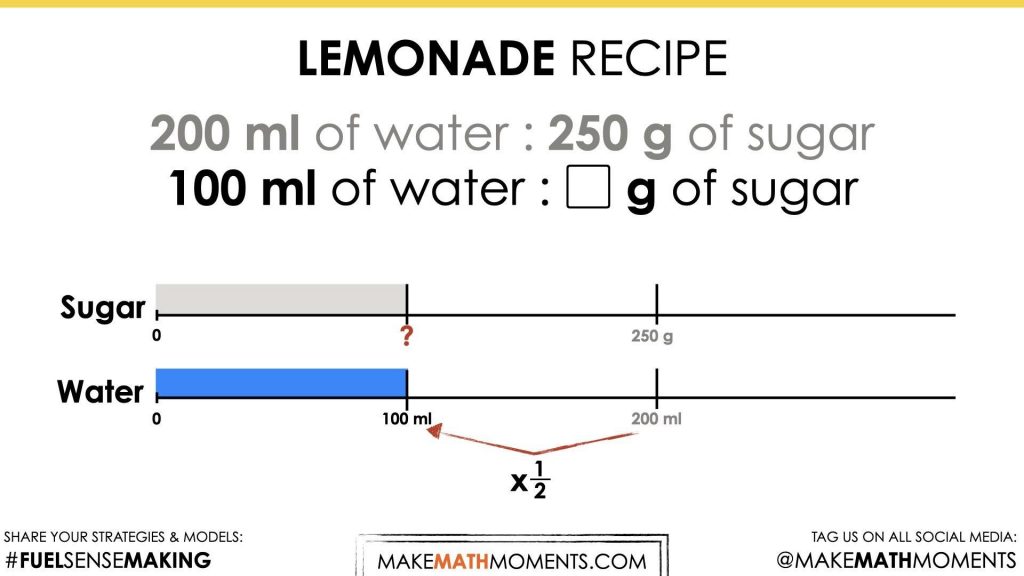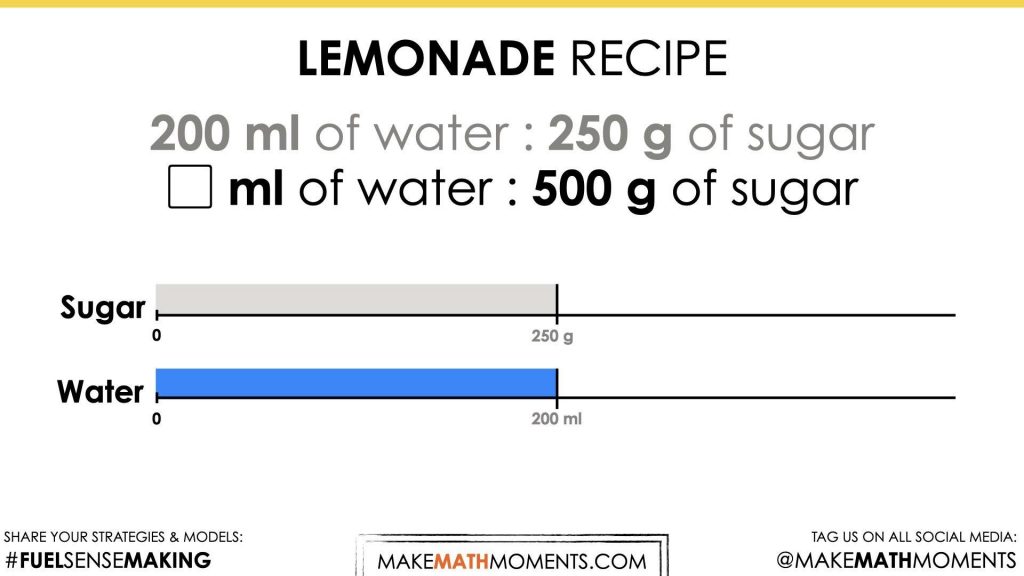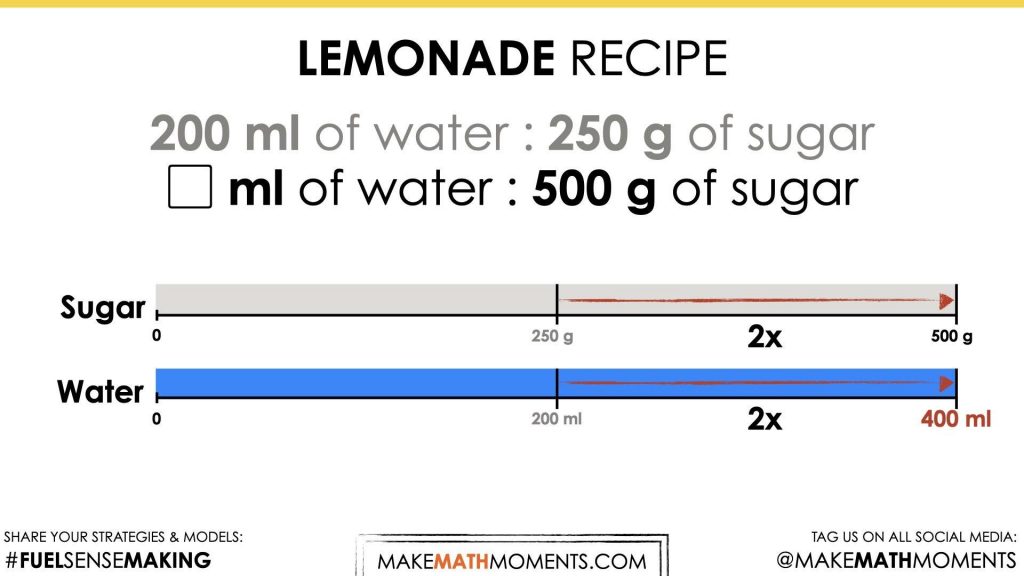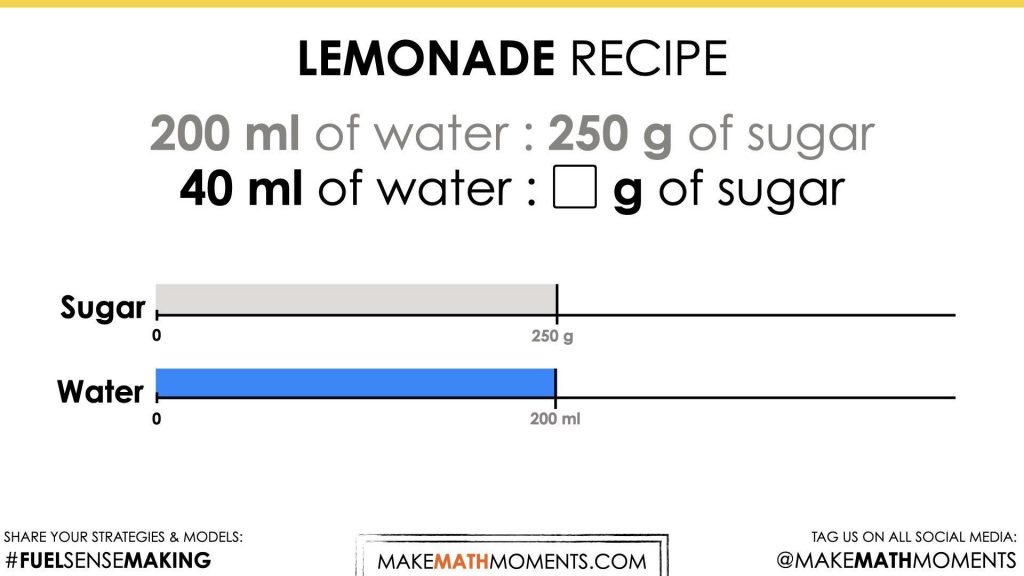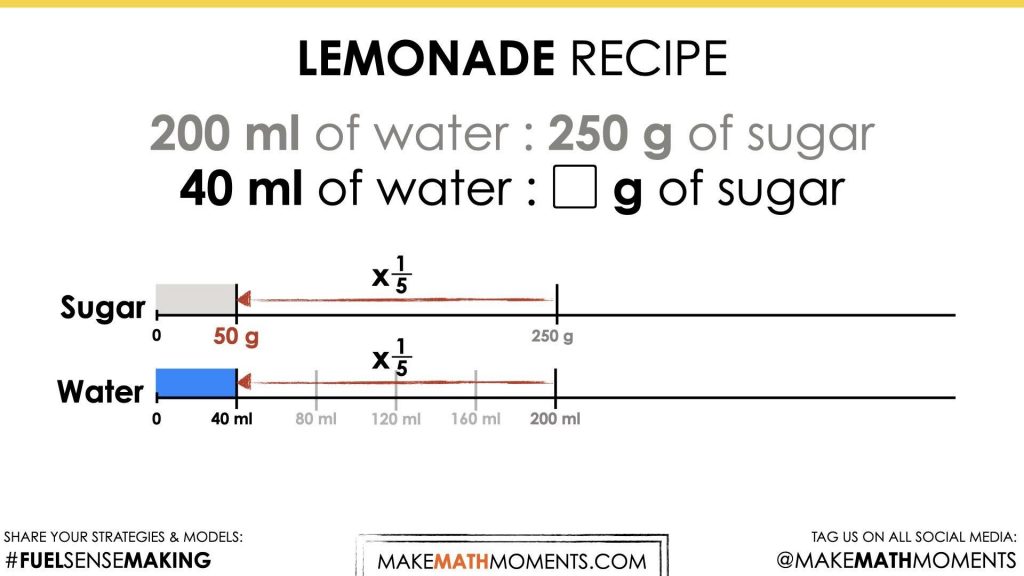Task Teacher Guide
Be sure to read the teacher guide prior to running the task. When you’re ready to run the task, use the tabs at the top of the page to navigate through the lesson.
In This Purposeful Practice…
Students will explore equivalent ratios, reveal rates through partitive division and scale factors through quotative division.
Intentionality…
The purpose of the Day 2 activities is to reinforce key concepts from Day 1. Students will engage in a math talk and will have an opportunity to complete independent purposeful practice. The math talk and purposeful practice serve to develop a deeper understanding of the following big ideas.
- There are two types of ratios; composed unit and multiplicative comparison;
- A composed unit is often (not always) a ratio with two distinct units;
- A composed unit can be scaled in tandem;
- Equivalent ratios are derived from the same rate;
- When you divide a composed unit through partitive division, you reveal a rate.
- Quotative division is applied when trying to determine a scale factor between two quantities/measures of the same unit (i.e. rice and rice, water and water).
Math Talk
Overview of the Problem String
In today’s visual math talk, we will be presenting the following composed unit to students:
Lemonade Recipe
200 ml of water : 250 g of sugar
Share the following quantities of water and sugar, one at a time. For each quantity, students must determine the appropriate amount of sugar or water based on the lemonade recipe above. In each scenario, encourage students to share their strategy and justify their thinking through the use of a model.
100 ml of water : ? g of sugar
? ml of water : 500 g of sugar
40 ml of water : ? g of sugar
? ml of water : 25 g of sugar
? ml of water : 1 g of sugar
1 ml of water : ? g of sugar
You might consider tracking the equivalent ratios in a ratio table as well as leveraging a handful of visual math talk prompts such as the following silent solution animations shared below.
Problem #1
Show the following visual math talk prompt and be ready to pause the video once prompted:
Since we are dealing with a composed unit ratio comparing the quantity of water in millilitres and the quantity of sugar in grams required for a lemonade recipe, students are encouraged to leverage the double number line. The bars that are shared in the silent solution video will help students to scale in tandem to determine other equivalent ratios from this ratio relationship.
By providing students with a visual mathematical model, they will likely be able to utilize their spatial reasoning and understanding of magnitude of number to label 100 ml of water at the halfway point between 0 and 200.
They then can leverage their understanding of halving or other strategies to determine the amount of sugar that will ensure the ratio equivalence is maintained.
Therefore, 125 g of sugar is required to satisfy the recipe if 100 ml of water is used.
Problem #2
Continue the visual math talk with the following video prompt:
In this second prompt, students will leverage the same mathematical model to determine the amount of water required to complete the recipe if 500 g of sugar is used.
Observe how students determine the amount of water required. Are they using a skip counting method to guess and check? Are they thinking additively? Is 500 g divided by 250 g a known fact?
This thinking can help you determine what strategies students are bringing to the problem and where you might want to spend more time.
Problem #3
The 3rd problem in this visual math talk is shared in this video:
This prompt pushes student thinking a little further requiring them to determine what fraction 40 ml is compared to 200 ml.
Observe how students work through this problem.
Are they able to place 40 ml fairly accurately on the number line or is there some work to be done with magnitude of number?
In order for students to flexibly navigate through this problem, they will need to convince themselves that 40 ml is 1 fifth of the way between 0 and 200. Ask students to convince you and take note of the strategy they use to do this.
Since 40 ml is 1 fifth of 200 ml, then we can determine the amount of sugar needed by taking 1 fifth of 250 g resulting in a total of 50 g of sugar.
Purposeful Practice
While Students Are Practicing…
Login/Join to access the entire Teacher Guide, downloadable slide decks and printable handouts for this lesson and all problem based units.
Questions: Ratios and Rates
Login/Join to access the entire Teacher Guide, downloadable slide decks and printable handouts for this lesson and all problem based units.
Download Editable/Printable Handout
Become a member to access purposeful practice to display via your projector/TV, download the PDF to upload to your LMS and/or print for students to have a physical copy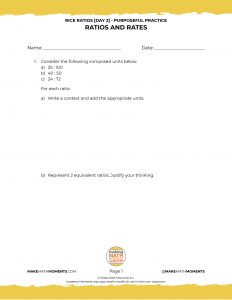
Resources and Downloads
Oh No! You Must Be Logged In!
Download a printable lesson plan, video/images, and presentation slides in Keynote and PowerPoint format to make the experience as smooth as possible by becoming a member of the Make Math Moments Academy.
Lesson Tip Sheet

Download the lesson plan in PDF format so you can keep it handy and share with colleagues.
Videos & Images
 Download the videos, images, and related media files to your computer to avoid streaming.
Download the videos, images, and related media files to your computer to avoid streaming.
Keynote Slides
 Download in Apple Keynote format to avoid streaming video and run the lesson smoothly.
Download in Apple Keynote format to avoid streaming video and run the lesson smoothly.
PowerPoint Slides
 Download in Microsoft PowerPoint format to avoid streaming video and run the lesson smoothly.
Download in Microsoft PowerPoint format to avoid streaming video and run the lesson smoothly.
Printable Handout
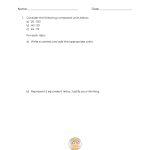
Download/edit the handout so you can keep it handy and share with colleagues.
Problem #1
Problem #2
Problem #3
1. Consider the…
Login/Join to access the full teacher guides, downloadable slide decks and printable handouts for this lesson and all problem based units.
2. Calista is baking…
Login/Join to access the full teacher guides, downloadable slide decks and printable handouts for this lesson and all problem based units.
3. Complete the…
Login/Join to access the full teacher guides, downloadable slide decks and printable handouts for this lesson and all problem based units.
4. Complete the…
Login/Join to access the full teacher guides, downloadable slide decks and printable handouts for this lesson and all problem based units.
5. Why is division…
Login/Join to access the full teacher guides, downloadable slide decks and printable handouts for this lesson and all problem based units.
Download, Edit & Print PDF Handout
Become a member to access purposeful practice to display via your projector/TV, download the PDF to upload to your LMS and/or print for students to have a physical copy.


